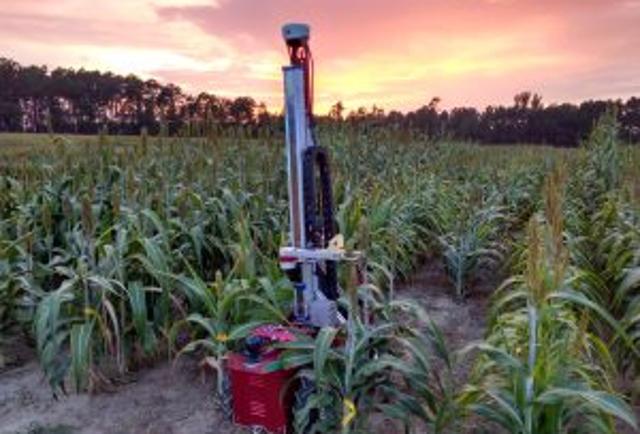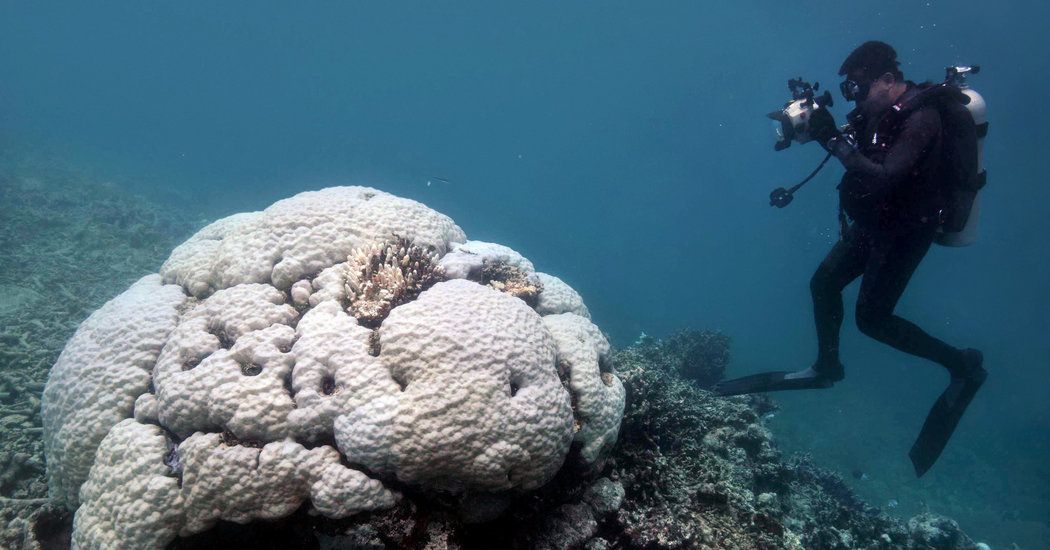Archive for the ‘food’ category: Page 290
Mar 19, 2017
How Sensors, Robotics And Artificial Intelligence Will Transform Agriculture
Posted by Alireza Mokri in categories: food, robotics/AI
This means we need new ways to grow food that are smarter and helps regulate our use of land, water and energy in order to feed the planet and avoid a global food crisis.
Researchers at Carnegie Mellon University’s Robotics Institute believe the answer lies in sensors, artificial intelligence (AI) and robots.
In a new initiative called FarmView, researchers are working to combine sensors, robotics and artificial intelligence to create a fleet of mobile field robots they hope will improve plant breeding and crop-management practices.
Continue reading “How Sensors, Robotics And Artificial Intelligence Will Transform Agriculture” »
Mar 18, 2017
World’s First Lab-Grown Chicken Has Been Tasted And Apparently It’s Delicious
Posted by Montie Adkins in categories: biotech/medical, food
Will vegetarians start eating meat if this works out?
Lab-grown meat is a not a new concept. We’ve had the meatball, the world’s most expensive beefburger, and possibly shrimp. Now it’s the turn of chicken and duck.
San Francisco-based startup, Memphis Meats, has produced the very first “clean meat” poultry grown from cells in a lab, serving them up in a taste test that included classic southern fried chicken and decidedly fancy duck a l’orange.
Continue reading “World’s First Lab-Grown Chicken Has Been Tasted And Apparently It’s Delicious” »
Mar 17, 2017
Ground Demonstration of Plant Cultivation Technologies and Operation in Space
Posted by Klaus Baldauf in categories: food, space travel
A critical component of future, human exploration to worlds unknown, will be the supply of edible food for crewmembers. To develop innovations in cultivating food in closed-loop systems becomes integral to future missions.
The goal of the EDEN ISS project is to advance controlled environment agriculture technologies beyond the state-of-the-art. It focuses on ground demonstration of plant cultivation technologies and their application in space. EDEN ISS develops safe food production for on-board the International Space Station (ISS) and for future human space exploration vehicles and planetary outposts.
Mar 17, 2017
A San Francisco startup just created the world’s first lab-grown chicken
Posted by Klaus Baldauf in category: food
Silicon Valley company Memphis Meats says it has cultivated the world’s first lab-grown chicken from self-reproducing cells.
Mar 16, 2017
Startup Serves Up Chicken Produced From Cells in Lab
Posted by Dan Kummer in category: food
A Bay Area food-technology startup says it has created the world’s first chicken strips grown from self-reproducing cells without so much as ruffling a feather.
And the product pretty much tastes like chicken, according to people who were offered samples Tuesday in San Francisco, before Memphis Meats Inc.’s formal unveiling on Wednesday.
Scientists, startups and animal-welfare activists believe the new product could help to…
Continue reading “Startup Serves Up Chicken Produced From Cells in Lab” »
Mar 15, 2017
Science|Large Sections of Australia’s Great Reef Are Now Dead, Scientists Find
Posted by Blair Erickson in categories: food, science
Words and promises of action in some far off future election will not save the once great natural wonder of the Great Barrier Reef from death.
If most of the world’s coral reefs die, as scientists fear is increasingly likely, some of the richest and most colorful life in the ocean could be lost, along with huge sums from reef tourism. In poorer countries, lives are at stake: Hundreds of millions of people get their protein primarily from reef fish, and the loss of that food supply could become a humanitarian crisis.
Mar 14, 2017
What Happened When I Gave Up Gluten, Sugar, Dairy, And Coffee — By Stephanie Pizza | Fast Company
Posted by Odette Bohr Dienel in categories: food, fun, health, human trajectories, life extension, science
Mar 13, 2017
New Burger Robot Will Take Command of the Grill in 50 Fast Food Restaurants
Posted by Alireza Mokri in categories: food, robotics/AI
A big fan of robo-burgers 😊.
Would your burger taste as delicious if it was made by a robot?
You’ll soon be able to find out at CaliBurger restaurants in the US and worldwide.
Continue reading “New Burger Robot Will Take Command of the Grill in 50 Fast Food Restaurants” »


















